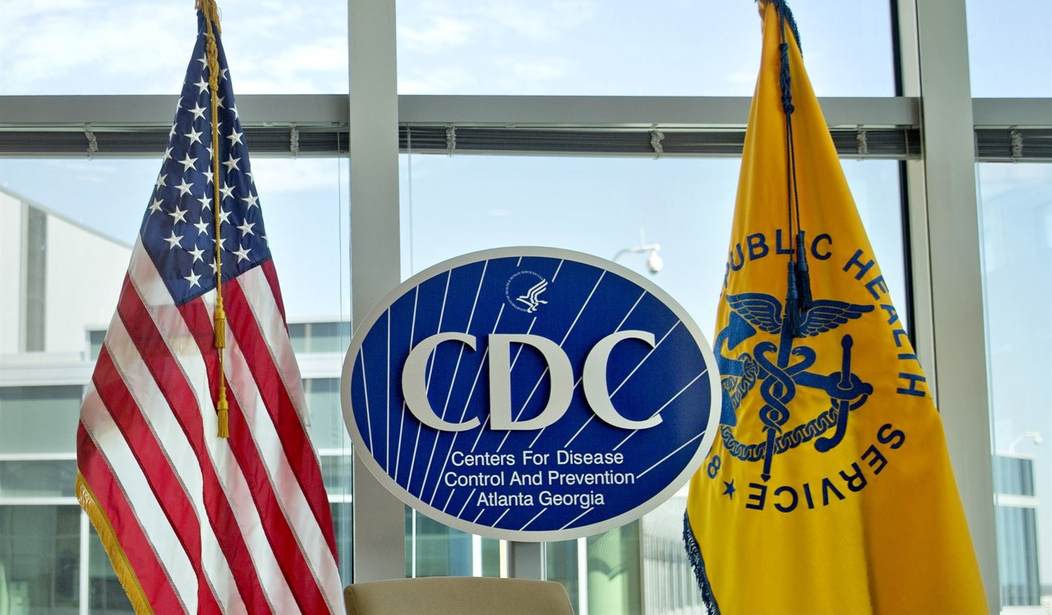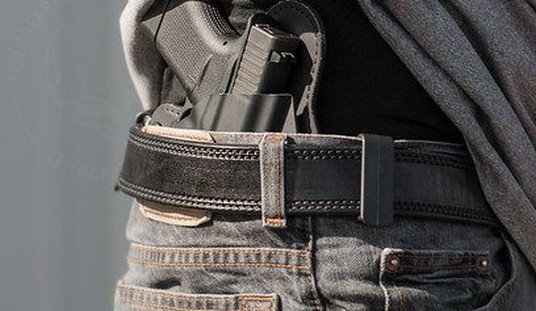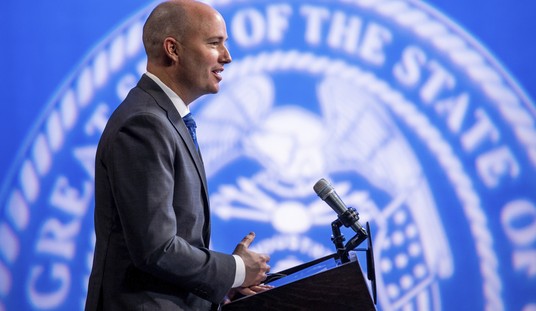In December, Congress earmarked $25 million for research on gun violence. It’s the first time such an earmark was made in ages and marked a great victory in the minds of anti-gunners everywhere. After all, these are people who argued that gun research was stifled by federal law and see this as a great uncorking of that bottle.
Of course, there are plenty of lies floating around in the media about that $25 million.
While researchers have long said the gun violence problem should be evaluated like any other public health epidemic, there’s been meager funding for research for the past two decades.
That’s finally changing.
In December, Congress approved $25 million in federal funding to study gun safety. The money, to be split evenly between the National Institutes of Health and Centers for Disease Control and Prevention, will be used to examine gun violence from a public health perspective.
Experts in the field concede the amount is small in comparison to the scope of the issue but are celebrating it as a watershed moment for gun safety. They say researchers may finally be able to answer basic questions about gun ownership and evaluate the effectiveness of firearm policies and violence prevention efforts.
“There are, without a doubt, thousands of people who are dead today who would be alive if we had been able to continue to do what we have been able to do for other health problems – to research the problem,” said Garen Wintemute, an emergency physician and director of the Violence Prevention Research Program at the University of California, Davis.
Actually, there’s been plenty of money. Not specifically for gun violence research, mind you, but non-earmarked money that could go for anything. The problem is that the CDC sees any research on gun violence as being explicitly anti-gun research. It’s an artifact of their own biases and preconceived notions of what they’re going to find.
The truth is, there has been research into gun violence. We see the results of these studies all the time. Writers on both sides of the issue cover those results with regularity.
Where the problem stems is that the Dickey Amendment bans federal funding for research designed to promote gun control.
That’s an important distinction because unbiased research doesn’t lean one way or the other. You conduct the research and let the results fall where they may. That’s science. It is what it is and you’re not trying to push an agenda with it. The results simply are what they are.
What’s being celebrated here isn’t a return to gun violence research, but a return to your tax dollars paying for biased gun violence research.
Granted, biased gun research never went away either. After all, that’s something I’ve covered more than a few times as well. If you stack the deck the right way, you can get any kind of result you want. Take this study that looked at the 1994 Assault Weapon Ban. It stacks the deck by using a bizarre definition of mass shooting all so the researcher can claim something is just so.
There’s been no shortage of studies like this and there’s no reason to believe the CDC–who canceled gun violence research because they didn’t know how to do unbiased research–is suddenly going to change their approach.
Yet over and over again, the media reports on this small amount of funding like its a watershed moment. It’s not. It’s an admission that the powers that be have no interest in unbiased research or engaging in real science.








